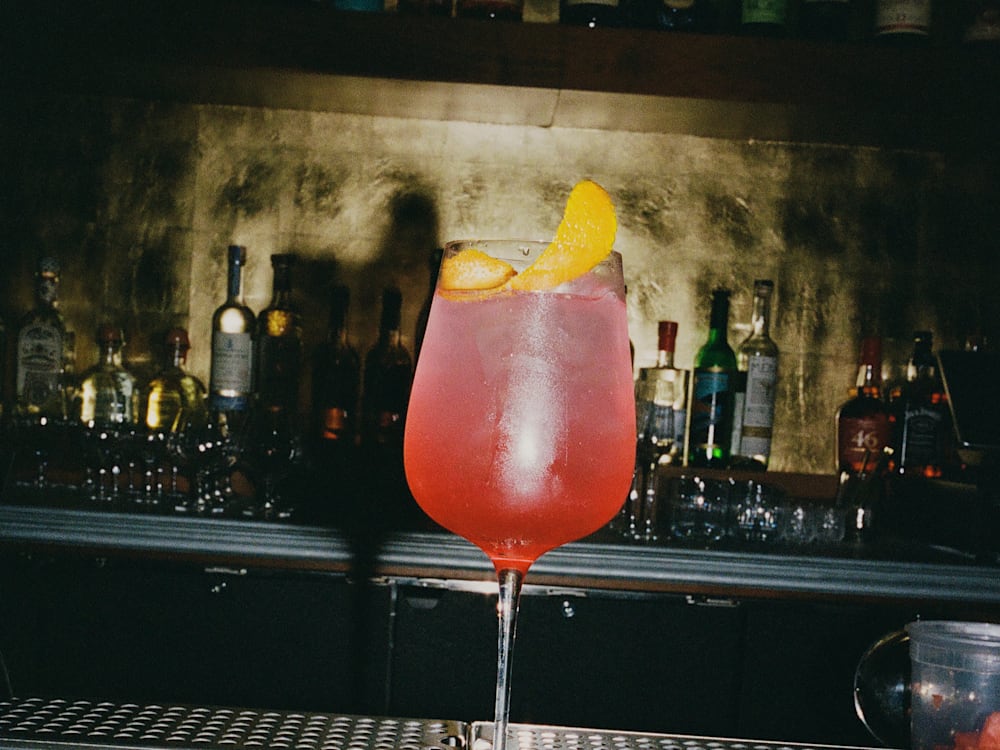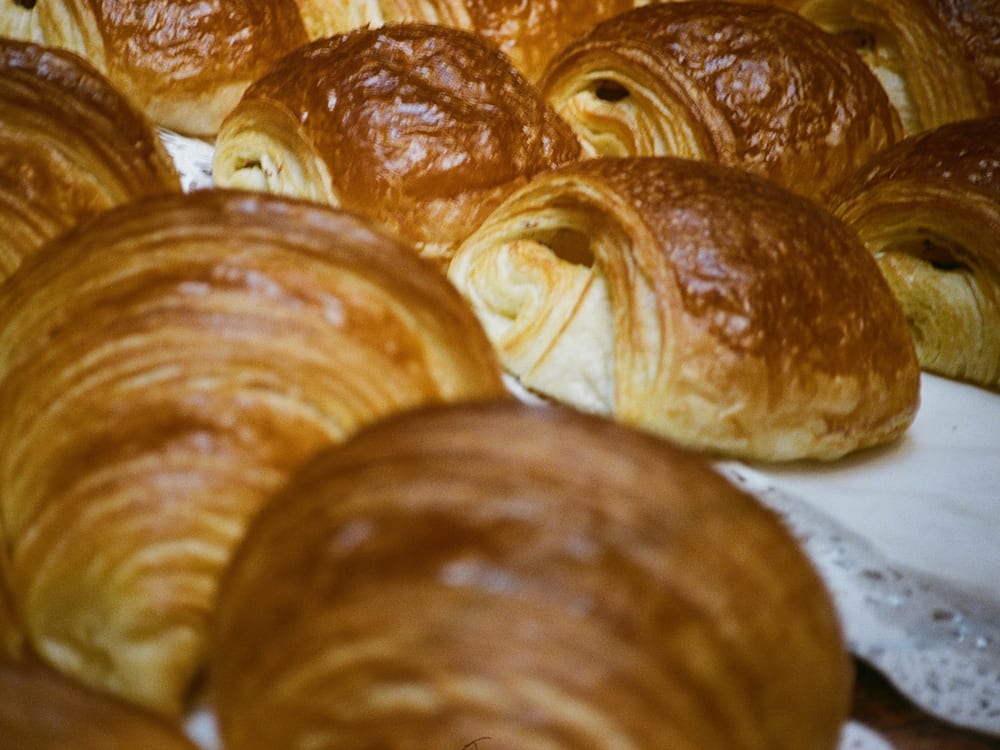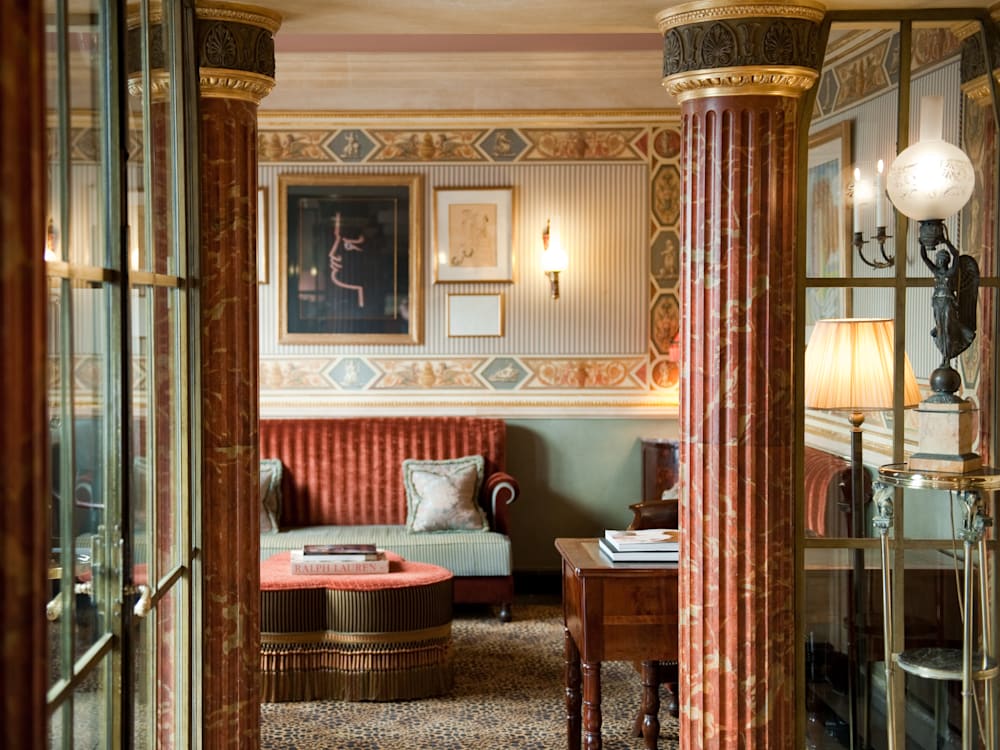For 300 years, Paris’s Saint-Germain-des-Prés neighbourhood has possessed a magnetic pull for minds that shape their age. Its paved streets and literary salons have been frequented by the likes of Voltaire, Simone de Beauvoir and Ernest Hemingway, alongside artistic revolutionaries such as Delacroix, Picasso and Manet. Today, the iconic district within Paris’s 6th arrondissement continues to draw the creatively driven beau monde.
Wander off the Boulevard Saint-Germain and this Rive Gauche (left bank) hotspot unfurls in a labyrinth of well-worn cobblestones. Here, from the expansive terraces of legendary cafés, observe the ballet of daily Parisian life, where cutting-edge contemporary art galleries sit alongside boutiques selling antiques and objets d’art.
A gentle descent towards the Seine reveals the grandeur of The Louvre just across the water, while a leisurely flânerie upstream will take you to the Musée d’Orsay’s door. Wander to the east and you’ll hit the picturesque Latin Quarter. But for now, here’s the best of this bobo (bourgeois Bohemian) Parisian neighbourhood…
WHERE TO GET COFFEE IN SAINT-GERMAIN
Forget the jus de chaussette (‘sock juice’) that once haunted Parisian terraces: Saint-Germain-des-Prés now has a clutch of coffee spots for serious enthusiasts. Just off the main artery, Boulevard Saint-Germain, lies Saint Pearl; a cosy, beloved spot for silken oat-milk lattes, matchas and dirty chais. Its flaky croissants are some of the best — especially first thing in the morning — and the generous brunch-style plates, (pain perdu with thick brioche bread and eggs Benedict) include vegan options.
A few doors down, the more hushed Maison Fleuret offers a book-lined mezzanine, a discreet oasis off the bustle of the road for quiet contemplation with a perfectly pulled espresso. Tucked away on a quieter street, Terres de Café offers make-at-home options with its curated selection of single-origin beans, while the newest addition to the neighbourhood, the Rue Dauphine outpost of Bonjour Jacob, in the shadow of the Pont Neuf, combines coffee with vinyls and indie print titles.
DRINKING SPOTS

While the iconic Café de Flore and Les Deux Magots are still neighbourhood landmarks, their terraces now cater to a more transient, travelling crowd rather than local literati such as the Sartres and de Beauvoirs who conversed there back in the day. Rather, skip one street back to Le Bonaparte in a more tucked-away location with a sun-drenched terrace that comes alive on brighter afternoons and evenings, whatever the time of year.
Around the corner, Le Hibou is always busy yet somehow discreet, thanks to its positioning under a large plane tree at the apex between two streets — the terrace is always vibrant and the dimly lit interiors are chicly low key. Just a few steps away, Le Crèmerie (9 rue des Quatre-Vents) is a miniscule natural wine bar, serving seasonal small plates beneath an ornate original ceiling that has reportedly been untouched since 1880. For a more clandestine rendezvous, perhaps later into the evening, seek out Le Flirt, a newer spot in the neighbourhood with perpetually curtained windows where the bar, I’m told, becomes a dance floor depending on the spiritedness of the patrons.
STYLE AND SHOPPING
For beauty aficionados, a pilgrimage to the Citypharma is essential, where cult French skincare products like A313 retinol cream and Esthederm cleansers can be found at delightfully discounted prices. There’s an organised chaos to the multi-level emporium, packed at all times of the day. I recommend at least a mental list or a polite enquiry to the staff (most speak English).
For shopping, the Rue Jacob, stretching from Rue des Saints-Pères to Rue de Seine, is lined with boutiques, both established and emerging and brimming with beautiful objets, homewares and tapestries. Take your time and poke your head in each. The Dries Van Noten boutiques that have long held court on Quai Malaquais are exquisite inside, as rich and intriguing as the collections they house. A little further afield, Le Bon Marché is the local’s answer to a department store, where you’ll find boutique beauty brands, classic and niche French designers alongside gourmet French delicacies, including services like vacuum-sealing for anyone wanting to take home some blocks of Bordier butter on the plane.
WHERE TO EAT

Cosí is a humble but delicious stop for soup or a sandwich (you can eat in or takeaway to the nearby Square Gabriel-Pierné or the banks of the Seine) with homemade, wood-fired focaccia that arrives warm. Kodawari (29 rue Mazarine) is a transporting ramen restaurant, with a darkened interior decked out like an old-world Japanese train station and perfectly jammy eggs. Galette, as the name suggests, focuses on buckwheat galettes (savoury crêpes) with toppings like Emmenthal and wood-smoked bacon, to be washed down with a cold cidre.
Poilâne is a bakery dating back to 1932, run by third-generation baker Apollonia Poilâne — her butter cookies are not to be missed, nor her miche loaves that are so beloved that they are Fedexed to the US on request. One of Anthony Bourdain’s favourites, L’Avant Comptoir de la Mer (and its sister store next door, L’Avant Comptoir de la Terre) is great for casual dining. It’s a standing tapas bar with little seating, but it creates a truly convivial atmosphere among patrons and staff — plus, its small plates pair well with glasses of minerally natural wine. Cinq-Mars is a little more upscale and ideal for French classics like escargot and Bretagne sausages.
WHAT NOT TO MISS
Seek out 7L, a bookshop established by Karl Lagerfeld (the late fashion designer’s apartment was in the neighbourhood), which now hosts intimate readings and signings. Around the corner, the former apartment of Serge Gainsbourg is now a museum, though be warned, booking months in advance is essential (sign up to the newsletter for alerts on ticket releases). For a place to pause, the hidden gem of Square Gabriel-Pierné is a little-known beauty, its cherry blossoms a breathtaking spectacle in April, carpeting the ground in petals. Finally, a visit to Maison Delacroix — the former workshop of artist Eugène Delacroix, untouched as he left it — gives a window into the spirit of a bygone bohemian era.
WHERE TO STAY

L’Hôtel
Saint-Germain-des-Prés’s historic hotel scene is home to some of the most intriguing creative figures of the past. L’Hôtel, Oscar Wilde’s final residence and purportedly the world’s first boutique hotel, features uniquely decorated rooms (that have played host to the likes of Salvador Dali, Elizabeth Taylor and Jim Morrison) and a subterranean hammam pool. La Belle Juliette, nearer to the Jardin du Luxembourg, pays homage to socialite and muse Juliette Récamier. Its individually decorated rooms are dotted with rich antique details such as claw-foot tubs, bold soft furnishings and wall mouldings.
Finally, Hôtel Récamier has an understated yet luxurious aesthetic, tucked away in a serene corner opposite the Eglise Saint-Sulpice. The square, though picturesque, is often missed due to its location between two larger artillery roads, but it makes for a quiet resting place after a day of negotiating the Parisian streets.
Explore further afield with our 48-hour guide, see the city’s best boutique hotels, or discover more ideas for a weekend break in Paris…
Divya Bala is a Paris-based Australian writer with bylines in Vogue, the Financial Times and Highsnobiety.



